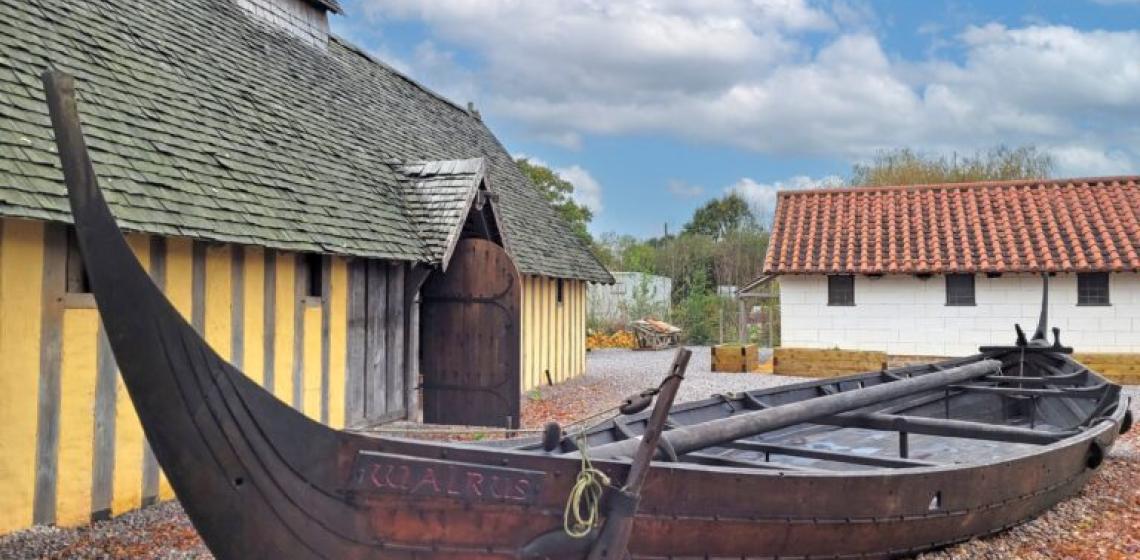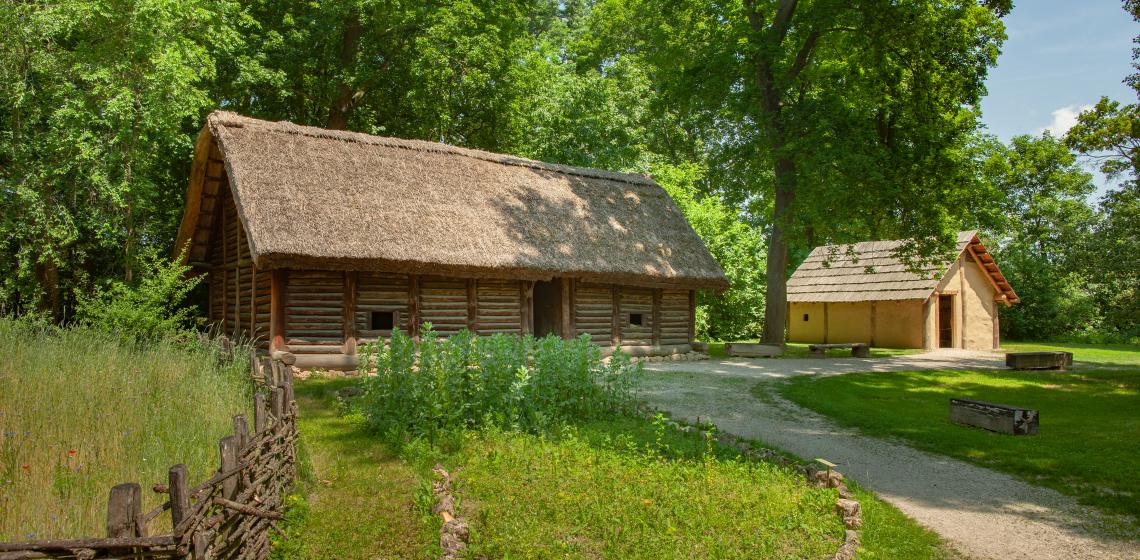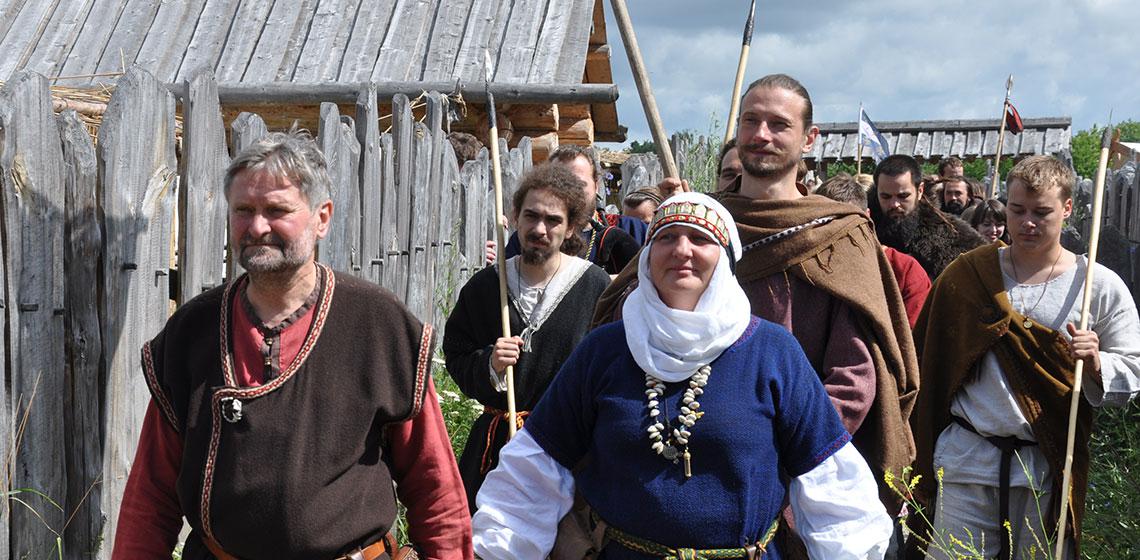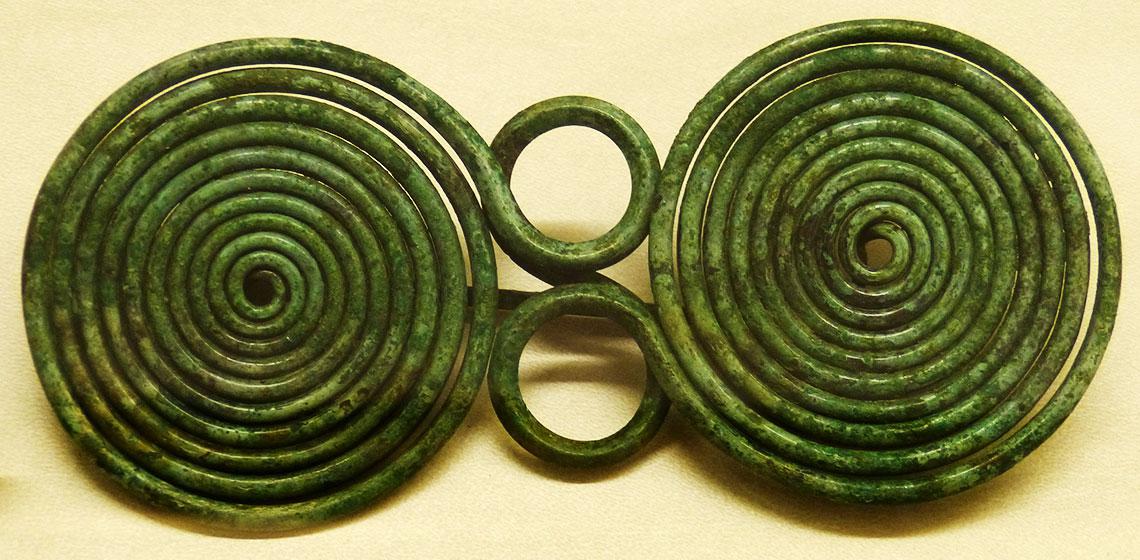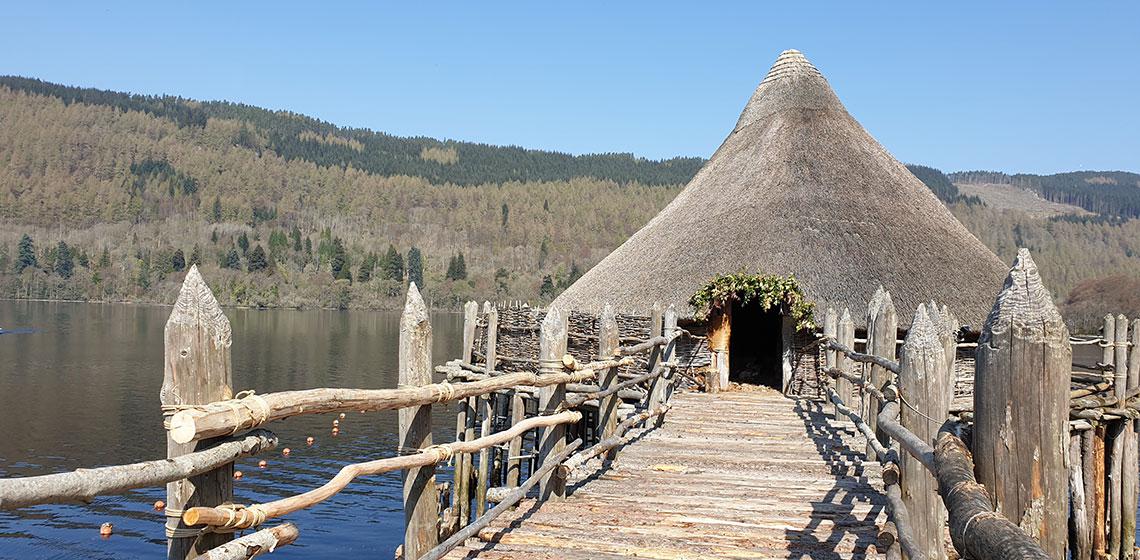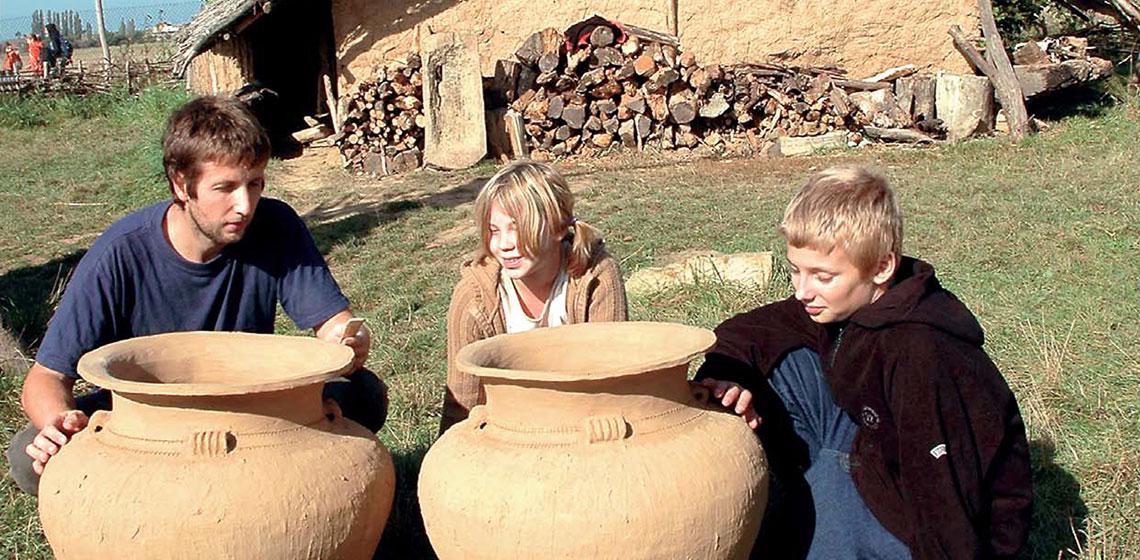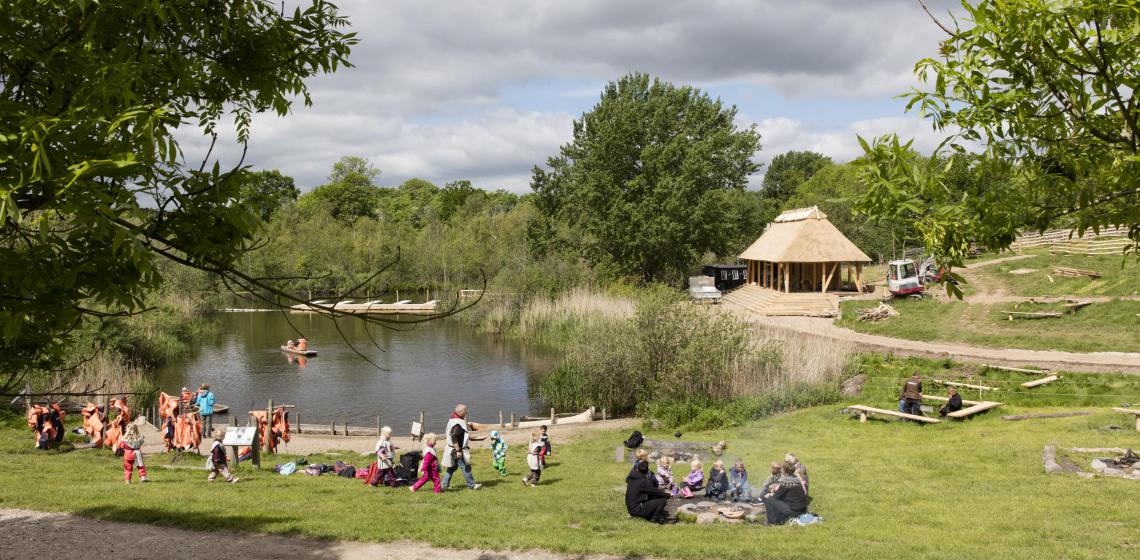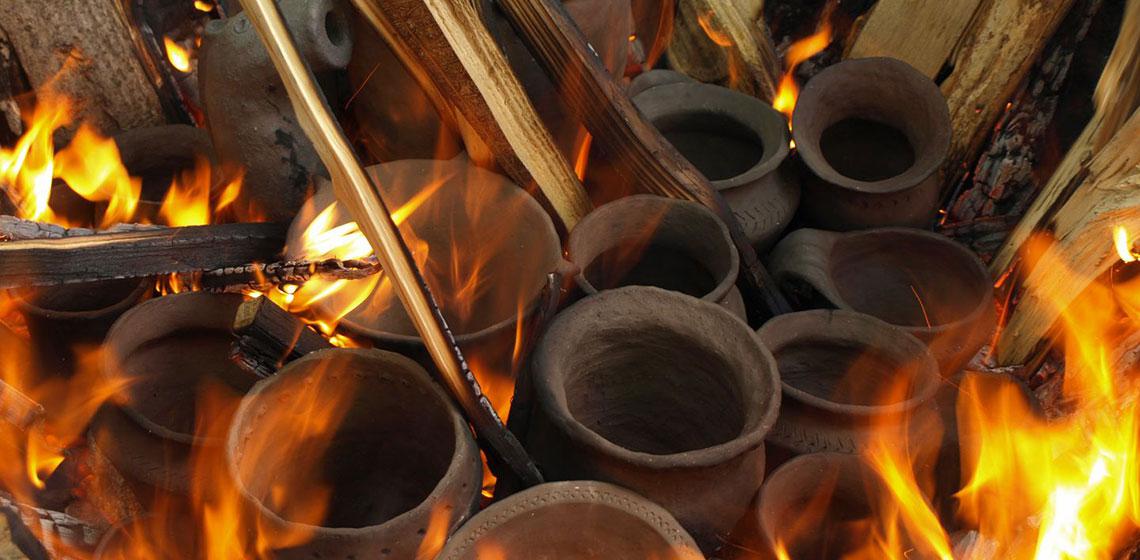Avalon Archaeology (UK)
The South West Heritage Trust conducts a wide range of experimental and experiential archaeological work. Much of this has taken place at the Avalon Archaeology Park, but other projects have also taken place on nearby nature reserves.
The South West Heritage Trust conducts a wide range of experimental and experiential archaeological work. Much of this has taken place at the Avalon Marshes Centre Archaeology Park, but other projects have also taken place on nearby nature reserves...

